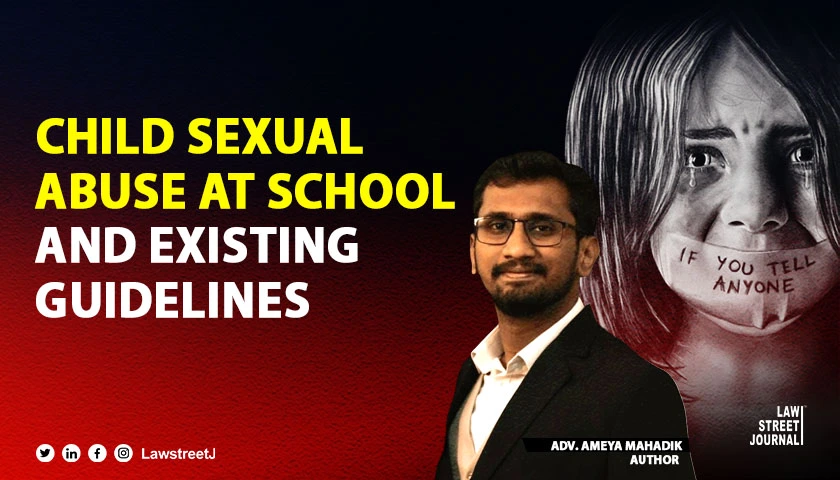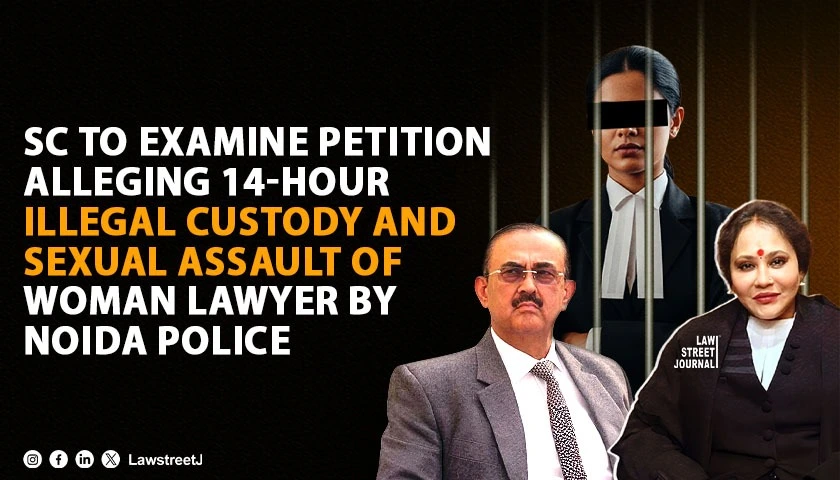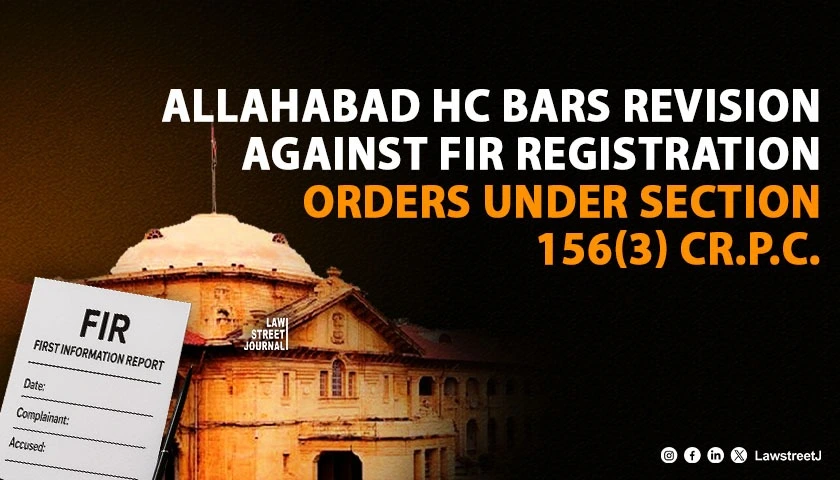New Delhi: An incident of sexual abuse might not just affect an individual but eliminates life in one’s body, by defeating the very interest of living. Often building up courage to find justice leads to destruction of one’s identity under the stigma of being ‘a rape victim’ amidst all weapons in battle. Hope of living a normal life would drown in deep seas of fear and anxiety. And obviously not every shoulder of sympathy can be trusted. But even tougher is the mental trauma and lifelong repercussions of a child victim of sexual abuse, because it can be nothing less than a murder of that innocent child and endless dreams of the family.
The World Health Organization (WHO) has defined child abuse and child maltreatment as all forms of physical and/or emotional ill-treatment, sexual abuse, neglect or negligent treatment or commercial or other exploitation, resulting in actual or potential harm to the child's health, survival, development or dignity in the context of a relationship of responsibility, trust or power.
There are various legislations for protection of rights of Children, such as Commission for Protection of Child Rights Act, 2005, Protection of Children against Sexual Offences Act 2012, Right of Children to free and Compulsory Education Act 2009, Information technology Act and Juvenile Justice (Care and Protection of Children) Act 2015.Various States in India have also legislated laws to safeguard interest of children in their respective States. The present article concentrates on existing guidelines under the law against child sexual abuse, and suggestions.
Children spend more effective time at school than anywhere else during the course of learning. Children require a sense of safety, optimism, and hospitable setting that will facilitate their development. A safe learning climate is fundamental for their education and future. From the local to the federal levels of government, school safety is a major concern. Everyone in the school has a part to play in making sure the environment is safe, healthy, and secure. And at last future of nation is with today’s children.
1. Introduction
In the year 2021, Government of India, Ministry of Education and, The National Commission for Protection of Child Rights has issued a Manuals on Safety and Security of Children in Schools in light of directions issued by Hon’ble Supreme Court in case of Barun Chandra Thakur v. Union of India & Ors and Abha R. Sharma & Ors v. Union of India & Ors . The manual provides comprehensive guidelines on aspects such as Infrastructure, Health and Hygiene, Psycho Social Aspect, Roles of Teachers and Monitoring. It provides operational definitions for important terms such as School Safety, Safety and Security.
2. Safety Guidelines
As per the definition of School Safety provided in the manual issued by Government of India, it means Creating safe environment for children, starting from transportation from their homes to their school and back. As per the definition of Safety it means, a state in which hazards and conditions leading to physical, psychological and material harm are controlled in order to preserve the health and well-being of Individuals and the community. As per the definition of Security it means, A condition that is created taking measures in coordination with concerned people to make environment free of crime, violence and injury.
The NCPCR manual lays down for safety of children in school bus. It mandates Police verification of staff of the bus before appointing them. Preferably female attendant shall be appointed to attend children in bus. And that driver shall comply with all qualifications essential for such duty under law.
The manual also emphasizes of standards of toilets to be maintained in every school and menstrual hygiene management.
3. Accountability
The Guidelines on School Safety and Security, 2021 , further provides that it shall be responsibility of school to ensure safety and security, as the school has actual charge or control over a child, and if school willfully neglects the child in manner likely to cause unnecessary mental or physical suffering, it may be treated as violation of Juvenile Justice Act, 2015. Hence In the school education system – School Management, Principal, Head of School, teacher (in case of any incident during class or under her watch), local administration supervising the government/government-aided school (particularly w.r.t to safe infrastructure, mock drills, training, etc.) are accountable for ensuring the safety and security of the children in school, and responsible for preventing neglect of any aspect of safety and security of children, or any non-adherence to the safety Guidelines (such as, the NCPCR’s Manual for Safety and Security of Children in Schools, NCPCR’s Guidelines for Hostels of Educational Institutions) or any other safety norms prescribed by the Appropriate Government, recommendations of SMC/PTA, etc.
If there is commission of a criminal act/offence, it will be the duty of the Head of School/in-charge Head of School and the School Management to take necessary action as per provisions of law. The manual further provides comprehensive checklist for aspects such as School Safety and Security Program, Psychosocial Safety and Support, Heath and Physical Safety, School Transportation, support for children with special needs, Orientation and training on child related legislation.
The manual further provides that on failure of noncompliance if safety and security requirements by school, the parents and guardians should approach Block Education Officer. On failure to redressal by Block Education Officer and District Education Officer, the parents and guardians may approach District Collector / District Magistrate. It provides powers to District Collector/ Magistrate and State Education Department to hold enquiry and issue such appropriate directions as it deems fit.
It is pertinent to note that Section 19 of the POCSO Act 2012 provides for Constitution of Grievance Committee on child sexual abuse in all schools. Section 21 of the said act further provides punishment that may extend to six months, to a person who fails to report the commission of offence.
4. Online Complaint Mechanism
The National Commission for protection of Child Rights also provides for Online Complaint Mechanism for redressal of complaints of various violations and deprivation of Child Rights. Further it has also launched online POCSO e-box for easy and direct reporting of sexual offences against children as well as timely action against the offenders of POCSO Act ,2012.
5. Measures for Protection of Child Sexual Abuse
The NCPCR Manual provides for measures for protection of Child Sexual Abuse and elaborates policy for the same. On following aspect.
1. Selection of Employees
i. School to ensure Police verification of the school employees and connected staff
ii. No Candidate having criminal criminal record of sexual and or physical violence against children should be recruited for any position within an educational institution.
iii. All selected candidates must also provide a signed affidavit to the educational institution that they have not been accused of offence under the POCSO Act, 2012 and JJ Act, 2015.
iv. Half of the total number of teaching staff is female, in order to ensure that girl students are provided adequate care and protection.
2. Policy regarding employees with respect to Child Sexual Abuse
i. Employees should respect the dignity and privacy of the child & not commit any act that may be construed as one amounting to sexual abuse of the child.
ii. A grievance committee for child sexual abuse (CSA) be formed by the school. The constitution, roles and responsibilities of the committee should be as follows;
a. Schools must constitute a CSA committee within 1 month of academic year every year.b. The CSA committee should constitute of 25% of students and 50% of representatives of management and teachers and 25% of SMC Members/PTA. The representatives of the committee should be 50% of females.c. The term of CSA committee will be of 1 year. Every year new committee will be constituted by giving representation to student’s rotation wise. Every year at-least 2/3rd of representatives of children should be replaced with the new members.d. Meeting of CSA committee should be conducted every month and proceedings of meetings should be recorded.e. The main functions of the committee shall be responsible for creation of awareness with regards to CSA in schools, good touch vs bad touch, complaint box, report any all instances of CSA to the authorities.f. To encourage the students to report any fear or apprehension of sexual abuse to any person in whom the student has trust and confidence, so that appropriate measure can be taken.
iii. Courteous and polite behavior to students so as to assure safe environment.
iv. Zero Tolerance Policy towards sexual abuse of students by the employees
v. Vigilant outlook by teachers and other employees and reporting of the same either to the authorities or Police.
vi. To provide a forum to present their concerns.
vii. All children must be escorted with female teacher during travel for school outings. Prior permissions must be obtained.
viii. Parents must be provided a platform to raise any concerns relating to their children.
3. Conduct
The NCPCR manual also provides guidelines to School authorities for child victim of sexual offence. The same are enumerated are briefly enumerated as follows,
i. Prevent any contact between the child and the offender until an investigation has taken place. Explain to the child that he/she should tell them immediately if any such incidence is repeated
ii. Do not talk to the offender in front of the child.
iii. Believe the child and do not blame for what happened. Give the
iv. Provide child support and reassurance that he / she is okay and safe.
v. Respond to the concerns or feelings the child expresses about sexual abuse calmly.
vi. Listen to the child but avoid lot of questions.
vii. Respect privacy of child.
viii. Provide sufficient information for safety of children from offender without giving much details.
ix. Identity of victim should be confidential.
6. Suggestions
1) Mandatory follow up of statutory safety measures to prevent Child Sexual Abuse
2) Emphasizing on value education at schools.
3) Teach Personal Safety Boundaries and Limits to the Students.
4) Providing Self Defense Training to Children in Schools.
5) Sex Education and Periodical Awareness Orientations to be conducted in Schools.
6) Interactive Learning and Communication with Students.
7) Societal Responsibilities and its importance.
7. Conclusion
Child Rape Cases in India have risen by 96% in the last decade. Inspite of all existing legislations, legal machineries and awareness, there seems no fall in rate of crime. Every protest against every new incidence and countless agitations on social media seems ineffectual, as values of some individuals seems only to bursts during screen time of one reel or poster on social media. But whether loosing of building good values, can be compromised in the flashing lights of era seems to be a major challenge.
[Disclaimer: The views expressed are solely of the author and they do not purport to reflect the opinion or views of LawStreet Journal].


![Law Commission Recommends Judicial Discretion for Age of Consent Under POCSO Act [Read Law Commission Report]](/secure/uploads/2023/09/lj_9734_4840497d-8532-493f-9599-f929c6a45bd4.jpg)
![Bombay HC calls for partner accountability in pregnancy termination cases, expresses concern over women’s plight [Read Judgment]](/secure/uploads/2024/09/lj_5537_WhatsApp_Image_2024-09-10_at_2.25.21_PM.webp)






